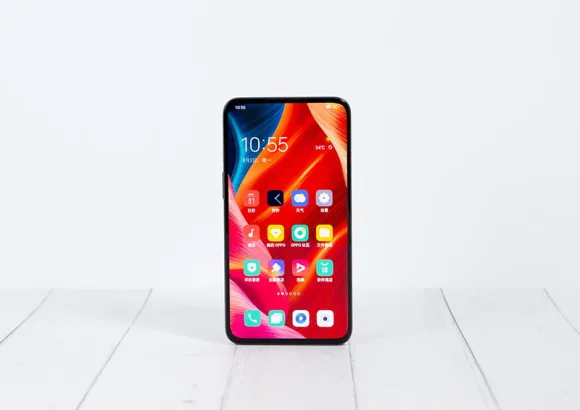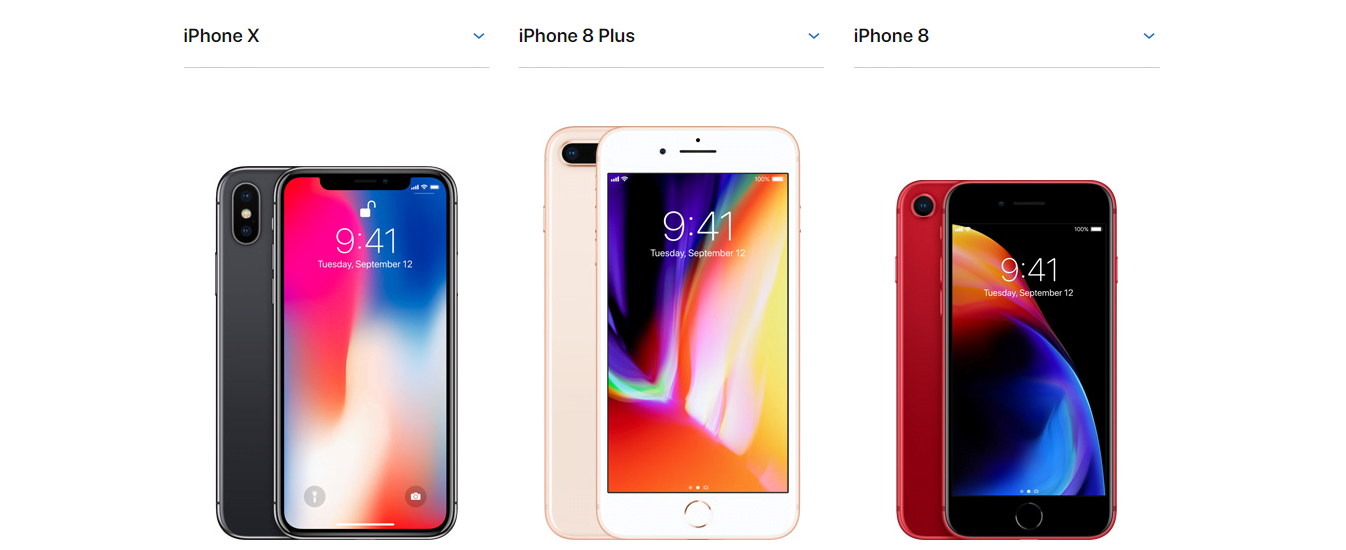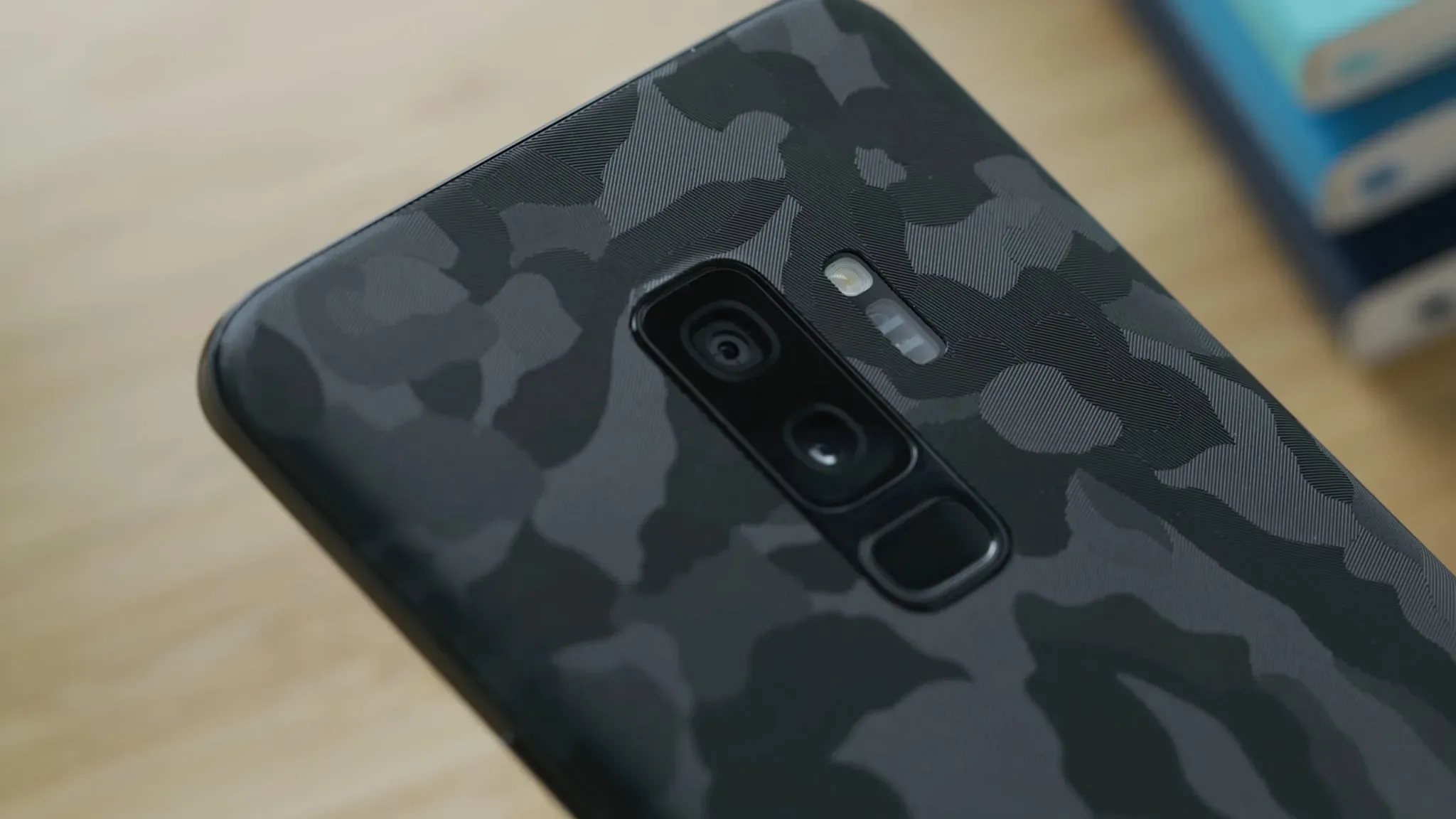Oppo has announced a new under-screen camera (USC) technology for smartphones. A few years ago, it was hard imagining a phone without a notch or a punch-whole camera. However, a number of new innovations are required in order to accomplish this, among them shrinking the size of the pixels, using transparent wiring instead of traditional screens, and driving each pixel individually. Additionally, Oppo has released images of a prototype integrating the new under-screen camera, enabling a full-screen experience.
Oppo designed a prototype device back in 2019 that featured a screen made from a highly transparent material with a different pixel arrangement above the selfie camera. However, the company is now launching its USC next-generation technology, which they claim will “perform better than the previous technology both when it comes to screen quality and image quality.”
“With regards to the camera, OPPO’s U.S. Research Institutes has developed a series of imaging AI algorithms – including diffraction reduction, HDR and AWB – to reduce some of the negative side effects typically found in under-screen cameras, such as blurry images and image glare. OPPO has also trained its AI diffraction reduction model using tens of thousands of images to control problems caused by diffraction at the light source, allowing users to capture clearer, more natural-looking images.”
Oppo says its artificial intelligence (AI) algorithms and hardware innovation allow it to maintain a truly consistent appearance, regardless of whether the camera is in use or not.
According to Oppo, this was achieved by shrinking pixels without reducing the number of pixels. In place of a traditional screen, the company used transparent wiring material. Oppo claims that its manufacturing process provides a “higher display quality” and a “more fluid visual experience.” It uses a one-pixel circuit to drive one pixel instead of two, which Oppo says is the industry standard, in order to provide consistent screen color and brightness. The display can be controlled so that the brightness and color accuracy are consistent within about 2 percent. In addition, Oppo claims that 1-to-1 pixel circuit driving technology extends the screen’s longevity by 50 percent.

It is currently unknown when Oppo will release a phone with USC technology. According to the company, they will continue to research and develop their under-screen camera technology.
Companies have been working on ways to get rid of notches and holes for the selfie cameras for quite some time. Pop-up cameras are being used by some smartphone manufacturers, which, although offer a full-screen experience, add weight to the phone and may break due to dust or other reasons. ZTE has produced a couple of smartphones (Axon 20 and Axon 30) with under-display selfie cameras, but it seems the best solution, for now, is to use a full-screen selfie camera underneath the display. However, the camera itself was not completely concealed, which led to poor images. Previously, Xiaomi has also worked on under-display camera technology. However, Oppo’s version is an advancement in the previous tech.





Share Your Thoughts